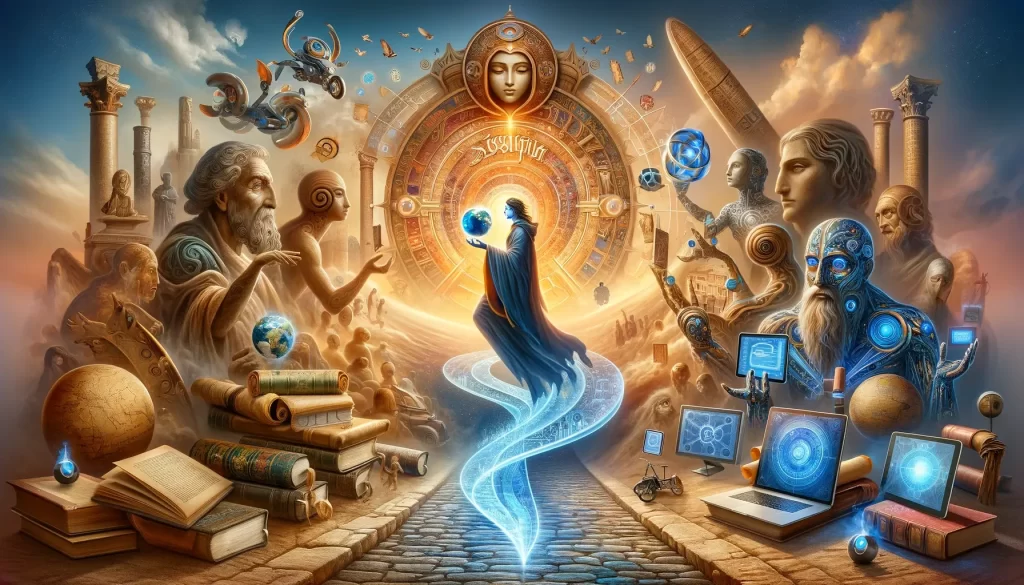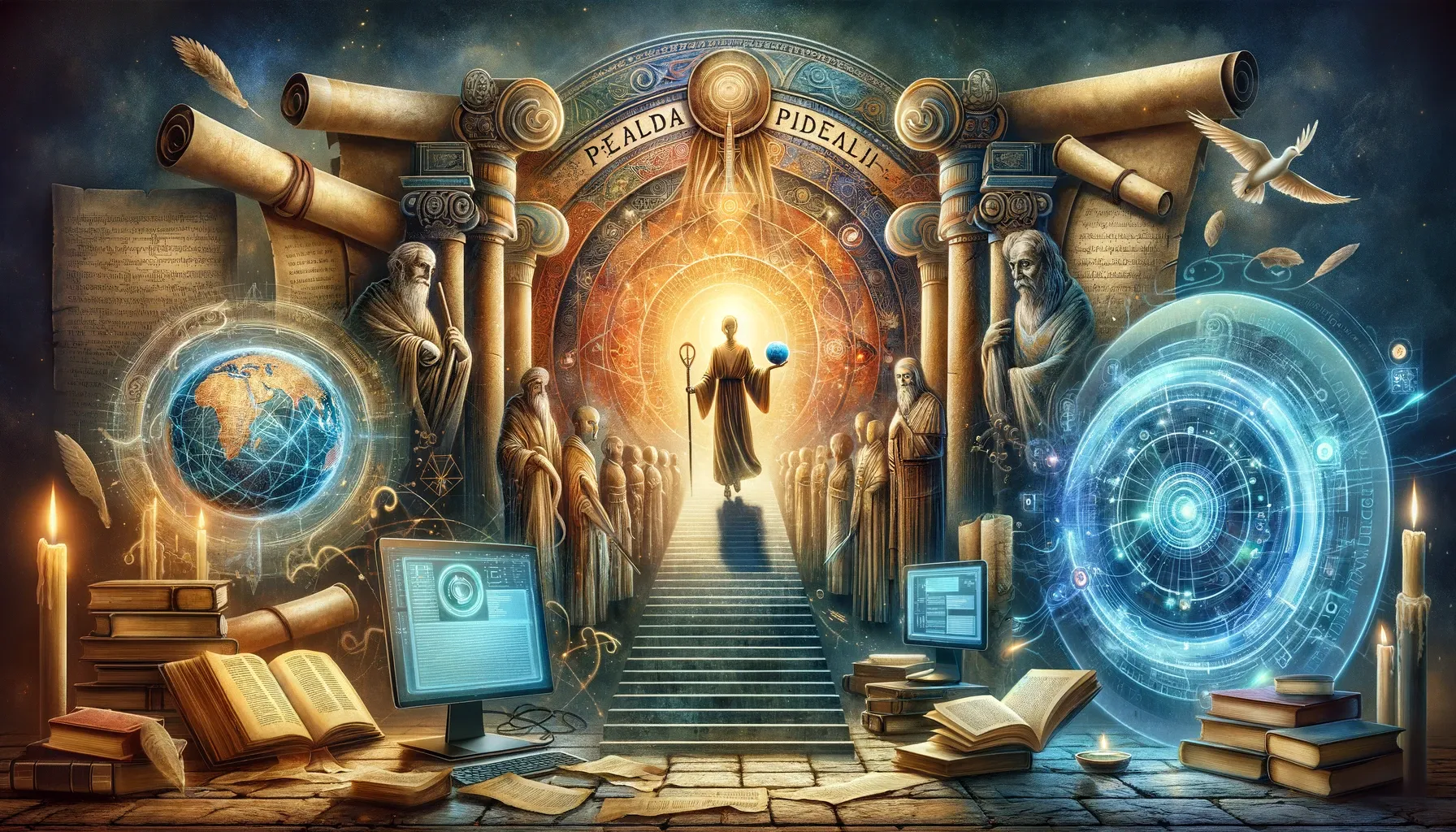Discover the secrets behind Přeldač and elevate your journey effortlessly. Dive into practical tips and insights now! Unleash the potential.
In the dynamic tapestry of our globalized world, the dismantling of language barriers stands as a critical pursuit. Welcome to the realm of translation, where linguistic prowess unlocks the narratives embedded in every language. At the forefront of this transformative journey is Přeldač, a groundbreaking technology that transcends the conventional boundaries of language comprehension.
In the following exploration, we venture into the evolution of translation, from its historical roots to the forefront of modern technology. Join us in decoding the tales behind translation, where passion, dedication, and innovation converge to shape a field that goes beyond linguistic boundaries. Přeldač, our guiding light, invites you to embark on a journey of discovery, education, and connection to the world. Dive in, and let the transformative odyssey begin.

Translation Through the Ages
In our interconnected world, dismantling language barriers is pivotal. Delve into the world of translation, where linguistic experts unlock the tales embedded in every language. Přeldač, an innovative technology, stands as a guiding light in this endeavor.
It signifies not only decades of research but also the aspirations of countless individuals seeking seamless communication. Through diverse tools, we gain access to a realm once exclusive to native speakers or skilled linguists.
Gone are the days when translation was a cumbersome task. Modern technologies obliterate barriers, facilitating connections and understanding diverse thoughts, ideas, and emotions. We not only connect but also learn and, most importantly, evolve as a global community.
As we head towards a future where communication is paramount, tools like Přeldač will be indispensable. Explore the narratives behind translation, uncovering the passion, dedication, and innovation propelling this field. Read more about Cablecon RX8102WT.
The Historical Roots of Translation
Translation, an ancient practice, has played a pivotal role in connecting civilizations. Early translators, often scholars and travelers, laid the groundwork for globalization by navigating intricate webs of languages and bridging diverse cultures.
In the evolution of translation methods, modern tools like Přeldač emerged, combining ancient wisdom with contemporary innovation. Built on the foundation laid by early linguists, they utilize sophisticated algorithms for enhanced accuracy.
Despite technological advancements, the core essence remains unchanged. Translation is about understanding and sharing, cherishing the diversity of human expression. From ancient manuscripts to digital platforms, translation’s roots run deep, reminding us of our shared humanity and the potency of communication.
A Historical Perspective on Přeldač
Despite its modern facade, Přeldač is deeply intertwined with the broader narrative of translation history. Built on historical linguistics and computational advancements, it symbolizes the fusion of traditional wisdom with modern technology. Přeldač goes beyond mere word-to-word translation, capturing cultural nuances reminiscent of ancient scholars’ meticulous efforts. Through adaptive learning, it represents the pinnacle of translation evolution, embodying the timeless quest for true understanding across languages.
Beyond Text: Modern Translation Dynamics
Modern translation transcends traditional printed texts, encompassing dynamic content like videos, podcasts, and live conversations. Cutting-edge tools leverage artificial intelligence and machine learning for real-time translations, extending the scope to understanding context, culture, and intent. Embracing emojis, gifs, and internet slang, once unconventional, is now integral to our global lexicon.
While written manuscripts remain vital, the modern landscape demands fluid, adaptable, and instantaneous solutions. Innovations in voice recognition and augmented reality push boundaries, making multilingual interactions seamless.
The Přeldač Advantage: A Translator’s Arsenal
Přeldač stands as a revolutionary integration in the translation arena. Tailored for the digital age, it harnesses artificial intelligence and machine learning for optimal accuracy and speed. Beyond word-to-word translation, Přeldač captures linguistic nuances and ensures contextual relevance. Its adaptive learning refines translations with each interaction, and the toolkit includes voice recognition for real-time spoken content. Its true prowess lies in understanding cultural undertones and providing depth to translations.
Navigating Challenges in Modern Translation
Modern translators encounter various challenges, from capturing linguistic nuances to addressing concerns about technological over-reliance. Maintaining cultural sensitivity, keeping up with language evolution, handling multimedia content, and ensuring data security are crucial aspects of the profession.
The Future of Přeldač Translation
The translation landscape is evolving rapidly, driven by technological advancements and a growing need for intercultural communication. Future translation tools are likely to seamlessly integrate into daily life, enhancing machine translation capabilities, fostering collaborative platforms, and emphasizing the synergy between human and AI translators.
People Also Ask
What does a translator do?
How is a translator different from an interpreter?
Are machine translation tools like Přeldač replacing human translators?
Do translators need to be certified?
Why is specialization important for translators?
Final Thought
As we sail through the vast seas of translation, tools like Přeldač illuminate the way. Machines aid us, but humans connect us. The future of translation is not just technological; it’s the heartbeat of countless languages, stories, and cultures. Dive deeper, understand more, and let every word be a bridge. Translation is the architect connecting the world with tales yet untold.

